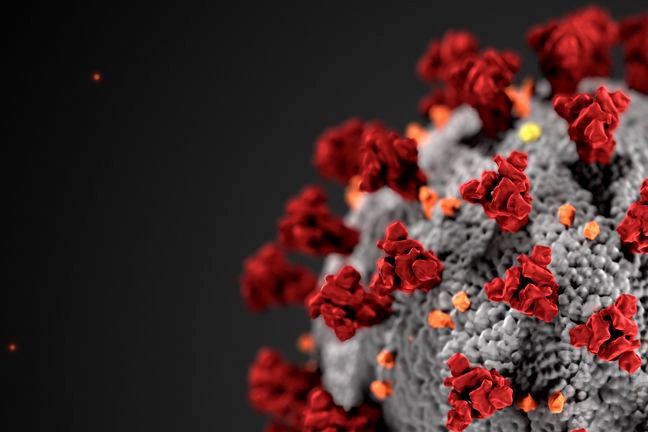CSE researchers developing SARS CoV-2 spike proteins

Engineers partner with medical school to make viral proteins for research and vaccines
July 1, 2020
Scientists across the world are racing to solve the biological puzzle that is the coronavirus. In order to speed up the process, College of Science and Engineering professor Wei-Shou Hu and his lab aim to supply a key part of that puzzle.
Hu, a faculty member in the Department of Chemical Engineering and Materials Science, is working with researchers in the University of Minnesota Medical School to create a cell line that can rapidly produce SARS CoV-2 spike proteins.
Spike proteins cover the surface of SARS CoV-2, the virus that causes COVID-19. They allow the virus to enter and infect human bodies by attaching to the surface of our cells. Many researchers across the United States and the world need these viral proteins to study the structure and chemistry of the virus, perform immune response research, and develop vaccines.
Hu specializes in biological engineering. Last year, he began collaborating with assistant professor Alon Herschhorn in the University’s Department of Medicine to produce a human immunodeficiency virus (HIV) protein for similar reasons. When the COVID-19 pandemic began, they expanded their focus to SARS CoV-2.
Genetic shortcuts
While the medical school had been producing proteins on its own, Hu and his graduate students—Zion Lee, Thu Phan, Min Lu, and Qian Ye—provided a more efficient method.
Usually, proteins can be produced by loading the cell with large quantities of a plasmids—which are small pieces of DNA containing the gene for the protein—into a cell. However, this process is unsustainable and time-consuming, as the plasmids are produced in bacteria that must be regrown each time the researchers want to obtain more protein.
“Every time you have to grow out the cell, grow out the E. coli, produce the plasmid, and then the cells die after producing the protein,” Hu explained. “It’s a lot of labor. So, [the medical school] asked us to help.”
By inserting the gene coding for the protein into the genome of the cell, Hu and his lab have created a cell that can continually produce the protein while cells grow. Soon, they’ll be able to produce SARS CoV-2 spike proteins quickly and on a large scale.
Engineers are essential to solving these types of problems, especially during a pandemic, Hu said. In joining forces with medical professionals, they can improve upon their processes to generate solutions more effectively.
“Engineers have a mindset of systems,” Hu said. “We integrate. We synthesize. And that perspective is really important for taking scientific discovery to real contributions. That’s truly a very important part of making a discovery—translation to something that is realizable.”
Hu and his collaborators have started generating the spike proteins for characterization and immunization studies, and they intend to make the cell line available for other researchers to use. They are also creating another cell line to produce mutant proteins, which are part of a more infectious strain of the virus that was discovered.
Story by Olivia Hultgren
Read about another CSE research team that is fighting COVID-19 at the molecular level.
If you’d like to support research at the University of Minnesota College of Science and Engineering, visit our CSE Giving website.
